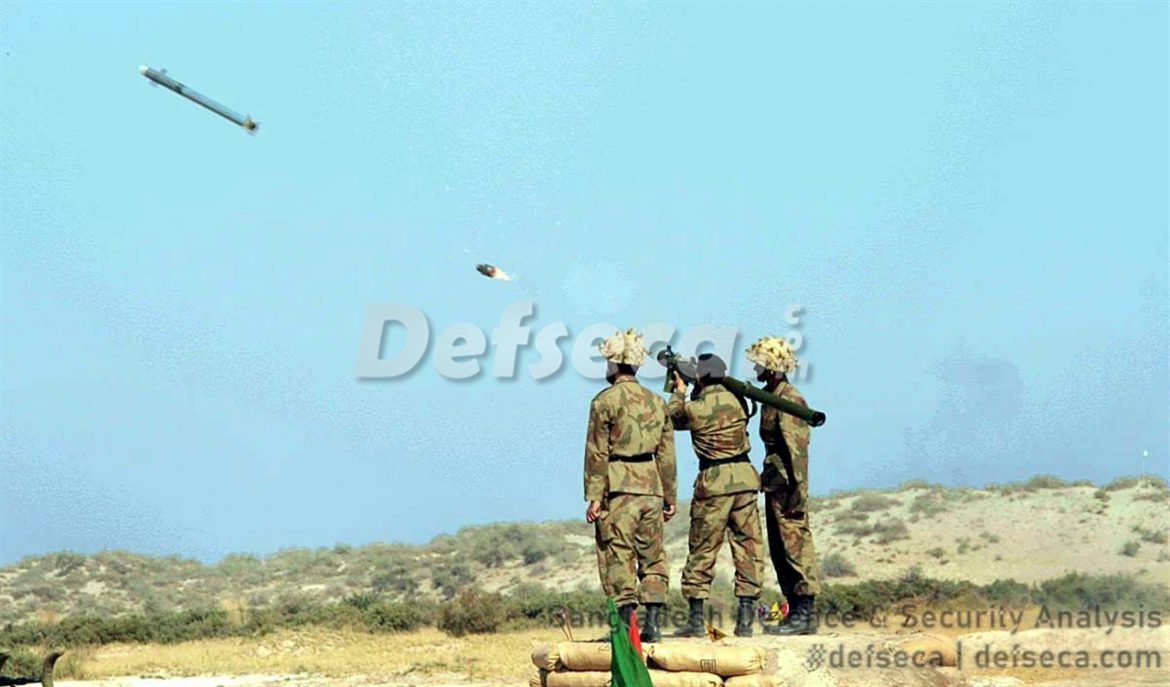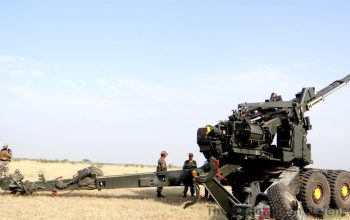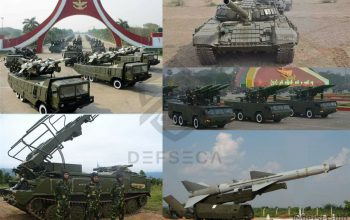Most of the reports by the Indian media lack credibility when concerning neighbouring countries with obvious signs that many claims were severely exaggerated if not entirely false.
News has emerged in Sri Lankan and Indian media that Pakistan’s air defence system, which are deployed on its Eastern border with India have been severely compromised due to technical failures.
We have no way to verify if these reports are true but for analytical purposes they open up discussion on the viability of Chinese-made defence hardware.
The Pakistan Army almost entirely relies on missile systems imported from China for its air defence units. These systems are apparently plagued by persistent technical problems. The Pakistan Army has asked the Chinese OEM to rectify the issues and replace faulty systems where required, however the Chinese vendor has been slow to respond to the queries from Pakistan.
The report by ANI/News 18 went on to state several hundred man-portable air defence systems or MANPADS, both launchers and missiles were effectively mothballed leaving a serious gap in air defence.
As many as 850 FN-16 MANPADS were declared non-functional by the Pakistan Army due to defective night aiming and IFF-related problems.
This is compounded by serious problems with over 500 QW-18 MANPAD launchers imported from China and are part of a 1,300 system contract with China Precision Machinery Import-Export Corporation (CPMIEC). By 2016 the Pakistan Army had already received delivery of 500 such systems according to the report.
Problems were discovered during biennial testing at the Pakistan Army’s workshops since July 2019, the report claims. The Pakistan Army asked CPMIEC to replace 47 firing units and a training simulator.
But perhaps the most alarming headache for the Pakistan Army is that it is facing persistent problems with its LY-80E MRSAM, also purchased from China according to the report quoted by ANI.
Similarly, the ALIT-supplied A-100 MLRS was also facing problems with the Chinese technical evaluation team concluding that defective systems need to be entirely replaced.
Pakistan manufactures QW-2 under licence as Anza Mk III, while several components of the QW-1 are reportedly incorporated in to the Anza Mk II.
Defseca.com believes that teething issues can occur when inducting any new equipment. Those occur due to poor handling, new operators, weather/environmental issues, wrongful maintenance or parts which need faster replacement than others. They do not mean all Chinese equipment are automatically defective, nor do they mean non-Chinese equipment are not defective.
The Bangladesh Army too had purchased Chinese equipment and had mixed experiences with operating those systems. They found the QW-2 to be lacking, which is why they obtained the FN-16 and QW-18 for local production.
Bangladesh Army also abandoned plans to procure the LY-80D citing exorbitant costs, but did not specify any technical problems that the Pakistan Army reportedly faced with its LY-80E systems (LY-80D is a more advanced variant with 70 km range).
Several field trials have to be conducted instead of one-off symbolic test firing and close look at maintenance aspects should be taken in to consideration before purchasing equipment from any vendor.
There are certain checks and balances in place to ensure quality of the delivered equipment, however problems can occur after the fact, and those are rectified normally through mutual cooperation between vendor and operator.




